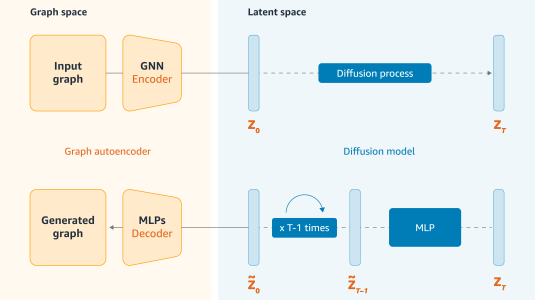Intent Classification (IC) and Slot Labeling (SL) models, which form the basis of dialogue systems, often encounter noisy data in real-word environments. In this work, we investigate how robust IC/SL models are to noisy data. We collect and publicly release a test-suite for seven common noise types found in production human-to-bot conversations (abbreviations, casing, misspellings, morphological variants, paraphrases, punctuation and synonyms). On this test-suite, we show that common noise types substantially degrade the IC accuracy and SL F1 performance of state-of-the-art BERT-based IC/SL models. By leveraging cross-noise robustness transfer – training on one noise type to improve robustness on another noise type – we design aggregate data-augmentation approaches that increase the model performance across all seven noise types by +10:8% for IC accuracy and +15 points for SL F1 on average. To the best of our knowledge, this is the first work to present a single IC/SL model that is robust to a wide range of noise phenomena.
Real world noise benchmarks for natural language understanding
2021
Last updated May 13, 2023
Research areas




